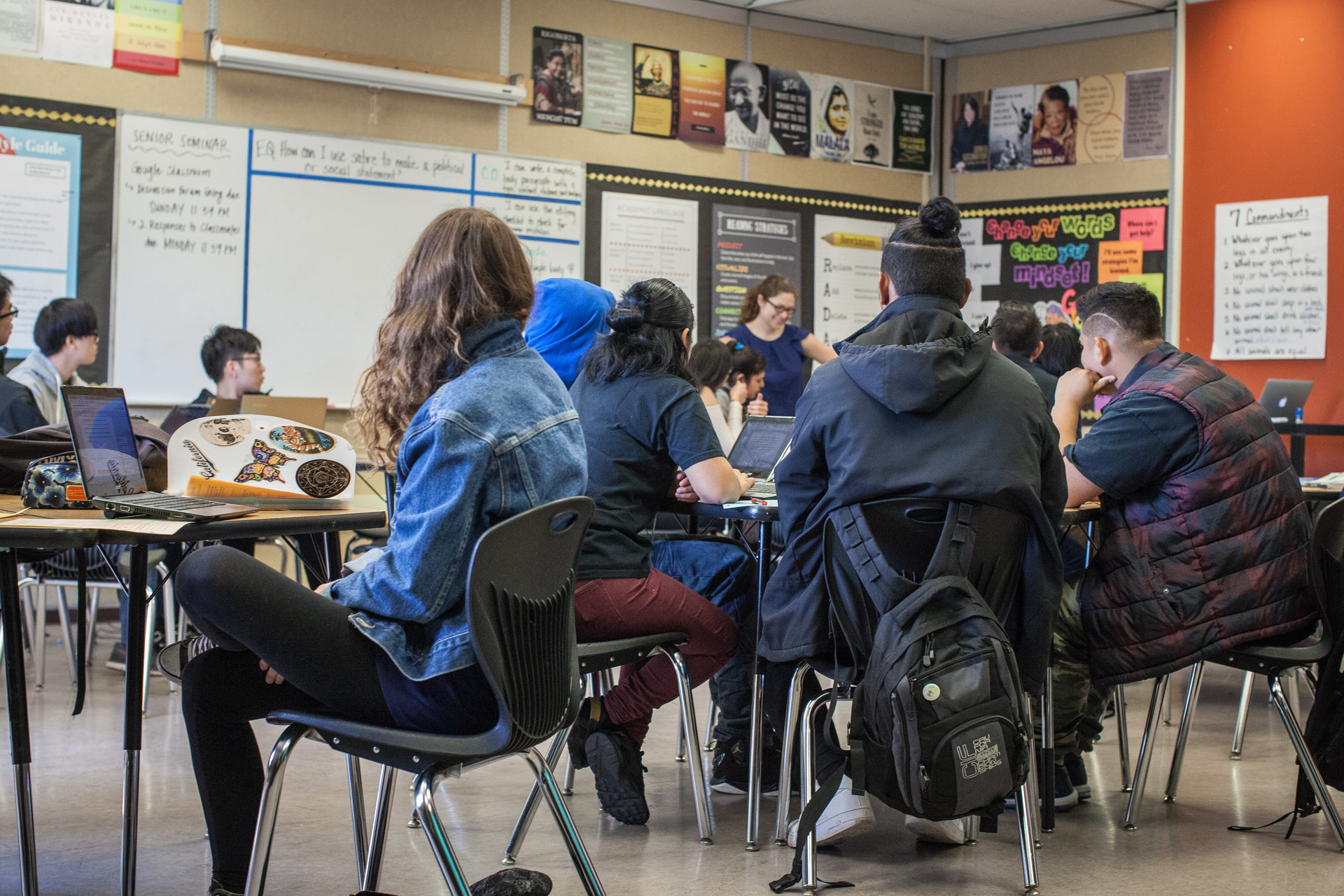The Comprehensive Guide to Volunteering in High School
Introduction
Are you a high school student looking for meaningful ways to give back to your community, gain valuable experiences, and make a difference in the lives of others? Volunteering in high school is a transformative journey that not only enhances your personal growth but also provides a platform to create positive change. In this comprehensive guide, we will unveil the secrets to finding the perfect volunteer opportunities, maximizing your impact, and reaping the rewards of service. So, let's embark on this inspiring adventure together and discover the comprehensive guide to volunteering in high school.
Steps to Volunteering
-
Uncover Your Passion: The first step in your volunteering journey is to identify causes that ignite your passion. Whether it's environmental conservation, animal welfare, education, or social justice, finding a cause you deeply care about will make your volunteer experience fulfilling and purposeful.
-
Research Volunteer Opportunities: Conduct thorough research to explore a range of volunteer opportunities in your community. Utilize online platforms, community centers, and local organizations to discover projects that align with your interests. Look for keywords such as "volunteer opportunities for high school students" or "youth volunteer programs" to narrow down your search.
-
Evaluate Volunteer Roles: Before committing to a volunteer opportunity, evaluate the specific roles and responsibilities associated with each project. Consider factors such as time commitment, required skills, and the level of impact you can make. Choose opportunities that align with your availability and enable you to contribute meaningfully.
-
Reach Out to Organizations: Once you've identified potential volunteer opportunities, reach out to the respective organizations or initiatives. Introduce yourself, express your interest, and inquire about their application process. Use keywords like "volunteer application for high school students" or "youth volunteer intake" to navigate the organization's website and gather relevant information.
-
Build Your Skills: Volunteering provides a unique opportunity to develop essential skills that will benefit you in high school and beyond. Take advantage of training sessions, workshops, and mentorship programs offered by the organization. Skills such as leadership, communication, teamwork, and problem-solving will enhance your personal and academic growth.
-
Balance Commitments: High school can be demanding, and it's crucial to strike a balance between volunteering, academics, extracurricular activities, and personal life. Prioritize your commitments, manage your time effectively, and ensure you have ample time for rest and self-care. Remember, volunteering should be an enriching experience, not an overwhelming burden.
-
Reflect and Learn: Regularly reflect on your volunteer experiences and the impact you're making. Learn from challenges, celebrate successes, and identify areas for improvement. Engage in discussions with fellow volunteers, share insights, and seek guidance from mentors. Embracing a growth mindset will maximize your personal and community impact.
-
Document and Showcase: Keep a record of your volunteer experiences, including hours served, tasks accomplished, and skills developed. These records will be valuable for scholarship applications, college admissions, or future job opportunities. Additionally, share your experiences through blog posts, social media, or school presentations to inspire others and raise awareness about the causes you care about.
-
Foster Lasting Connections: Volunteering provides a platform to connect with like-minded individuals, expand your network, and build lasting friendships. Collaborate with fellow volunteers, exchange ideas, and support each other's endeavors. These connections can become lifelong friendships and open doors to future opportunities.
-
Pay It Forward: As you gain experience and grow through volunteering, consider mentoring younger high school students interested in community service. Share your knowledge, inspire them to get involved, and encourage them to discover their passion for making a positive impact.
Conclusion
Volunteering in high school is a transformative journey that allows you to make a tangible difference in your community. By following this comprehensive guide, you're equipped with the tools and insights to embark on a fulfilling volunteering experience. So, let your passion guide you, seek out opportunities, and let the joy of service empower you to create a better world.
FAQs about Volunteering in High School
-
Q: Why should I volunteer in high school? What are the benefits? A: Volunteering in high school offers numerous benefits that extend beyond personal fulfillment. Here are a few reasons why you should consider volunteering:
- Personal growth: Volunteering helps you develop essential skills like leadership, communication, and problem-solving, which are valuable in all areas of life.
- College and career advantages: Volunteer experience demonstrates your commitment, compassion, and initiative to colleges and potential employers.
- Community impact: Volunteering allows you to make a positive difference in the lives of others and contribute to causes that matter to you.
- Broadened horizons: Through volunteering, you gain exposure to diverse communities, cultures, and social issues, expanding your perspective and empathy.
-
Q: How do I find volunteer opportunities in high school? A: Discovering volunteer opportunities requires some research and outreach. Here are a few ways to find suitable opportunities:
- Online platforms: Utilize volunteer websites and platforms that connect organizations with volunteers, such as VolunteerMatch, Idealist, or local community service directories.
- School resources: Check with your school's guidance counselor, service clubs, or community service coordinators for information on available volunteer opportunities.
- Local organizations: Reach out to local non-profit organizations, hospitals, animal shelters, libraries, or community centers to inquire about volunteer programs specifically tailored for high school students.
- Networking: Connect with peers, teachers, and community members who are involved in volunteer work. They may provide valuable insights and recommendations for volunteer opportunities.
-
Q: How can I balance volunteering with my other commitments in high school? A: Balancing volunteering with academics, extracurricular activities, and personal commitments is essential to prevent overwhelming yourself. Consider the following strategies:
- Prioritize: Identify your most important commitments and allocate time accordingly. Determine how much time you can realistically dedicate to volunteering without neglecting other responsibilities.
- Time management: Plan your schedule efficiently, using tools like calendars or to-do lists. Set aside specific blocks of time for volunteering and stick to them.
- Communication: Communicate with your teachers, coaches, and club advisors about your volunteer commitments. They may be willing to offer flexibility or suggest strategies to manage your workload.
- Flexible opportunities: Look for volunteer opportunities that offer flexible schedules, allowing you to volunteer during weekends, evenings, or holidays when you have more availability.
- Self-care: Prioritize self-care by ensuring you have enough rest, exercise, and time for relaxation. Avoid overcommitting yourself and recognize when it's necessary to take a break.
Remember, volunteering should be a fulfilling experience, so find a balance that allows you to make a positive impact while maintaining your overall well-being.
These FAQs and detailed responses should provide you with valuable insights and guidance as you embark on your volunteering journey in high school. Happy volunteering!

 By
By


